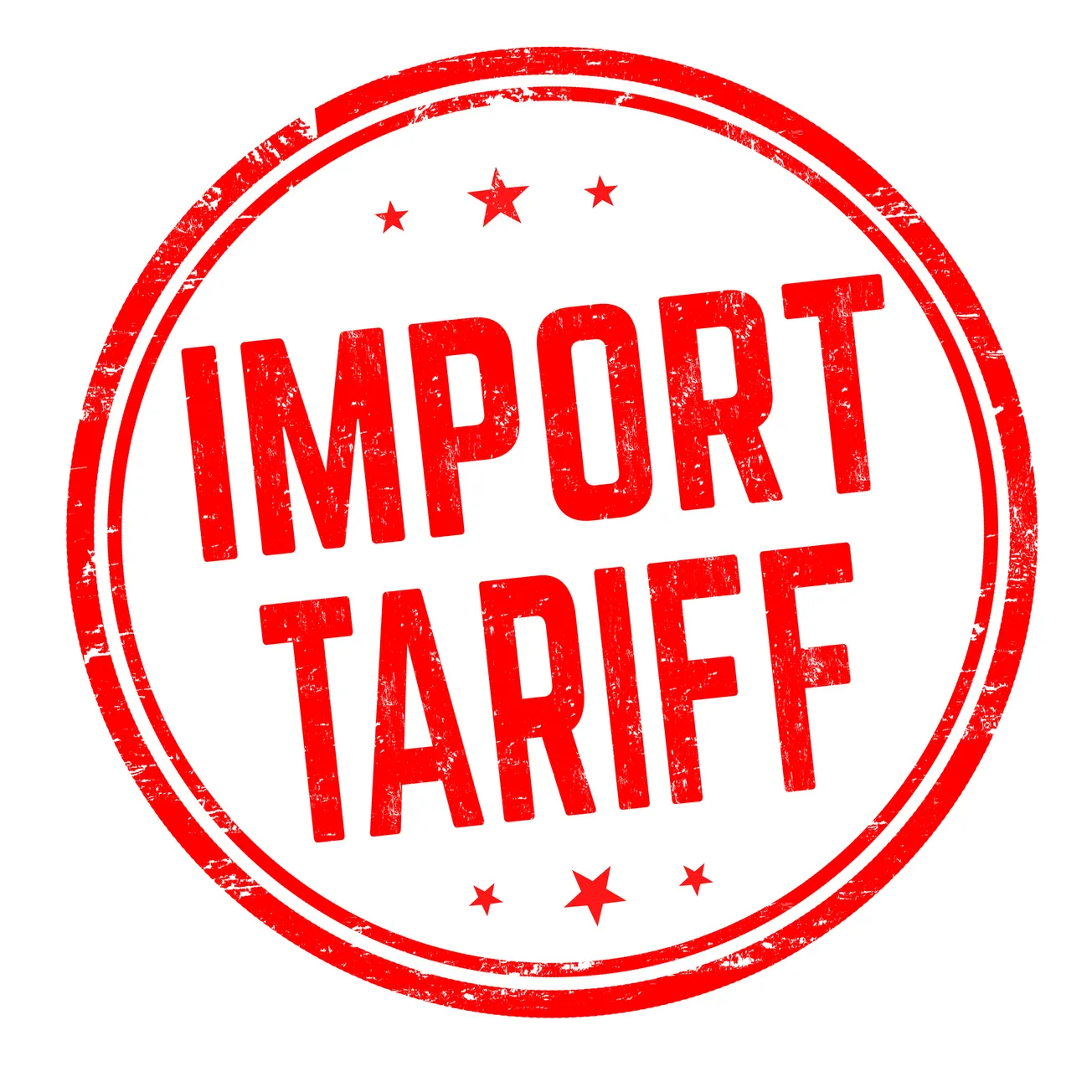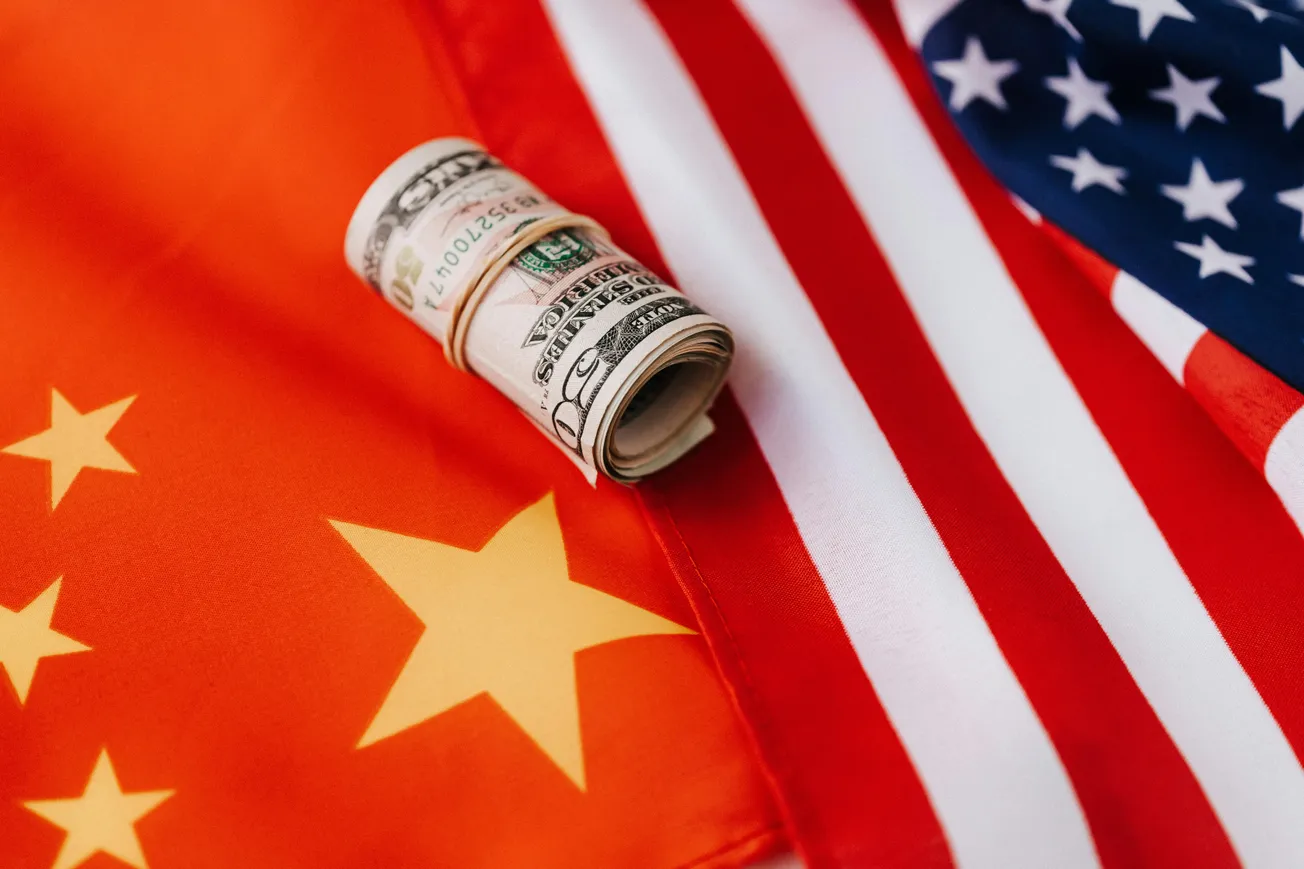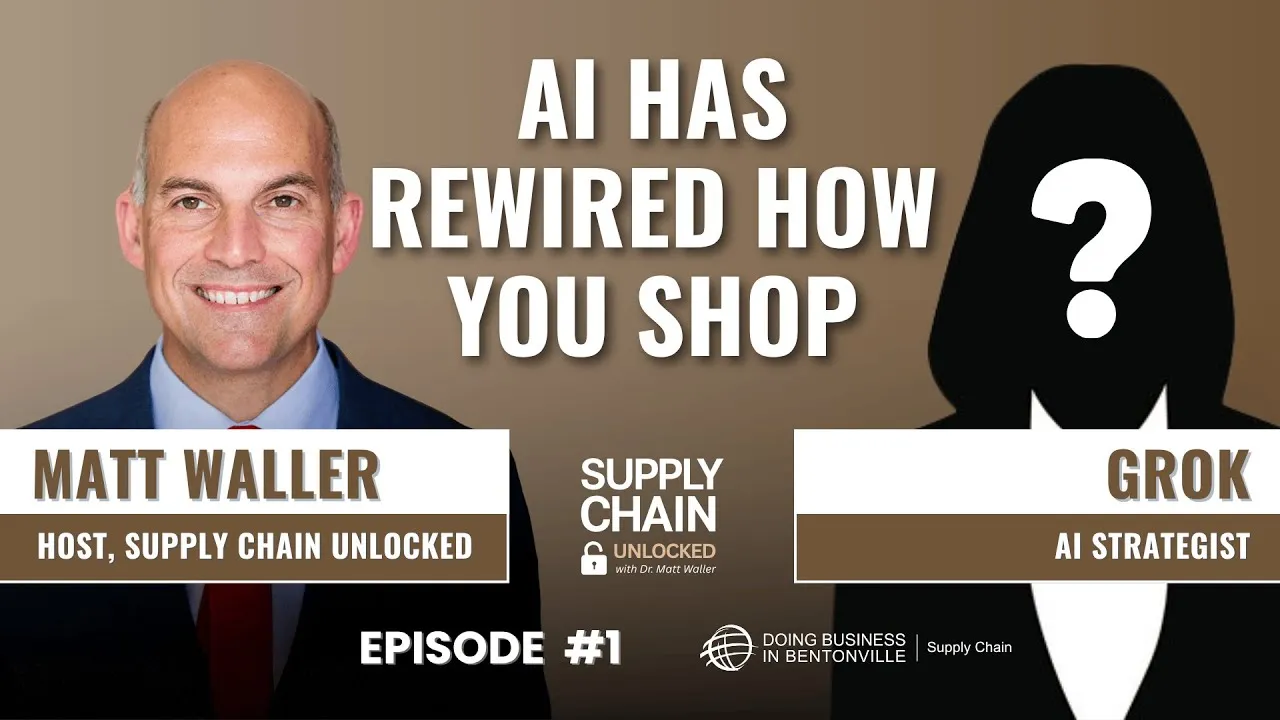Tariffs proposed under a new US government administration have sent ripples through the retail and manufacturing sectors.
President-elect Trump's proposed tariffs range from a universal 10% on all imports to targeted increases up to 60% on Chinese goods. Industry giants like Walmart, along with their extensive network of suppliers, are now strategizing to mitigate potential disruptions and financial impacts.
Strategic Planning Amidst Uncertainty
The anticipation of heightened tariffs has prompted retailers and suppliers to reassess their sourcing and supply chain strategies. Walmart, the world's largest retailer, has been vocal about the potential need to raise prices on certain items should the proposed tariffs come into effect.
John David Rainey, Walmart's Chief Financial Officer, emphasized the company's commitment to maintaining its "everyday low prices" model but acknowledged that significant tariffs could necessitate price adjustments. He stated, "We never want to raise prices... But there probably will be cases where prices will go up for consumers."
To counteract these challenges, Walmart is leveraging its extensive experience in navigating tariff environments.
Approximately two-thirds of Walmart's products are sourced domestically, which provides a buffer against international trade disruptions. Additionally, the retailer is collaborating closely with suppliers and exploring options within its private label assortment to mitigate potential price hikes.
Beyond Walmart, other retailers are proactively diversifying their supply chains to reduce dependence on regions susceptible to high tariffs. For instance, fashion brand Steve Madden has announced plans to decrease its reliance on Chinese imports, aiming to source less than 45% of its goods from China by shifting production to countries like Cambodia and Vietnam.
Similarly, companies such as Yeti and e.l.f. Beauty are exploring alternative manufacturing locations and suppliers outside of China to circumvent the financial strain of increased tariffs. Yeti plans to move 50% of its drinkware production outside China by the end of next year, while e.l.f. Beauty has already reduced its trade volume with China to 80% and is considering further diversification.
Implications for Consumers and the Economy
The proposed tariffs are expected to have a cascading effect on consumer prices, particularly for goods heavily reliant on imports. Retailers may face increased costs, which could be passed on to consumers, leading to higher prices for everyday items. This scenario raises concerns about inflation and reduced consumer spending power. The National Retail Federation has warned that such tariffs could diminish American consumer spending by $46 billion to $78 billion annually, with low-income families bearing the brunt of the impact.
The broader economy could also experience disruptions as supply chains are reconfigured, potentially leading to delays and increased operational costs. Industries that rely on complex international supply networks may find it challenging to adapt swiftly, resulting in temporary shortages or reduced product availability.
Predicted Effects on Retail Strategies
In response to the looming tariffs, retailers are not only diversifying their supply chains but also adjusting their inventory management and pricing strategies. Some are accelerating import schedules to stockpile goods before the tariffs take effect, a practice known as "front-loading." This approach aims to secure lower-priced inventory, albeit with the risk of overstocking and increased storage costs.
Others are investing in technology and data analytics to enhance supply chain visibility and agility, enabling them to respond more effectively to the dynamic trade environment. By leveraging advanced analytics, retailers can identify alternative sourcing options, optimize logistics, and implement dynamic pricing models to maintain competitiveness.










